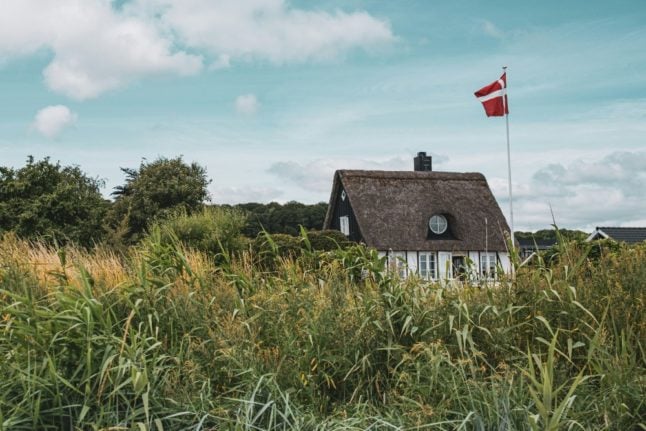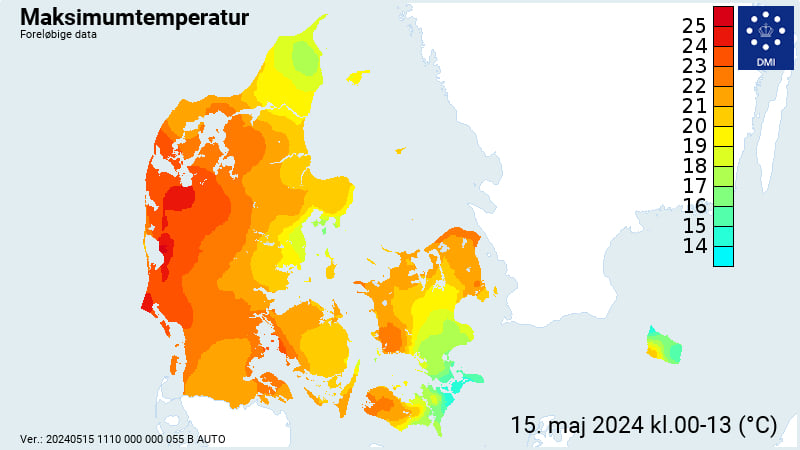In a press release issued on Tuesday, the fire services said they were cancelling the fire bans in Aarhus, Skanderborg, Odder, Randers, Favrskov, Norddjurs and Syddjurs municipalities at 12pm, with the ban only continuing on the islands of Samsø and Tunø.
“Now we have had Sankt Hans, which has been fantastically quiet for the fire service, and a change in the weather has meant that the fire danger in our area is less,” Søren Møller, the operations chief at the East Jutland fire services, told the Ritzau news wire.
Denmark’s authorities imposed fire bans everywhere in the country west of the Great Belt Bridge in the run-up to Sankt Hans, Denmark’s midsummer celebration, after a long drought left forests and grasslands tinder dry.
But heavy rainfall on Monday means that the risk of wild fires has been sharply reduced across the Jutland peninsula, with drier patches confined to the far southern area around Sønderborg.
The ban is only being kept in place on the islands of Tunø and Samsø, because they both lack water to put out fires.
“The two islands are in a different state and lack the amount water than we have on the mainland. So we have chosen to continue to have a fire ban there,” Møller said.
When fire bans are in place, citizens are normally not allowed to have barbecues apart from on their own private properties, and it is also not allowed to light fires out in the countryside.
Møller said that even without a ban in place, people in the region should be careful when lighting fires or barbecues.
“We still hope people will pay attention when they light a fire in the garden or use their barbecue. Have a bucket of water standing by or the garden hose ready in case something happens,” he said.
According to the Brandfare.dk website, eastern Funen is currently the area of Denmark where there is the highest risk of wild fires.





 Please whitelist us to continue reading.
Please whitelist us to continue reading.
Member comments